
- Home
- News
- Analysis
- States
- Perspective
- Videos
- Education
- Entertainment
- Elections
- World Cup 2023
- Features
- Health
- Business
- Series
- Economy Series
- Earth Day
- Kashmir’s Frozen Turbulence
- India@75
- The legend of Ramjanmabhoomi
- Liberalisation@30
- How to tame a dragon
- Celebrating biodiversity
- Farm Matters
- 50 days of solitude
- Bringing Migrants Home
- Budget 2020
- Jharkhand Votes
- The Federal Investigates
- The Federal Impact
- Vanishing Sand
- Gandhi @ 150
- Andhra Today
- Field report
- Operation Gulmarg
- Pandemic @1 Mn in India
- The Federal Year-End
- The Zero Year
- Premium
- Science
- Brand studio
- Home
- NewsNews
- Analysis
- StatesStates
- PerspectivePerspective
- VideosVideos
- Entertainment
- ElectionsElections
- Sports
- Loading...
Sports - Features
- BusinessBusiness
- Premium
- Loading...
Premium
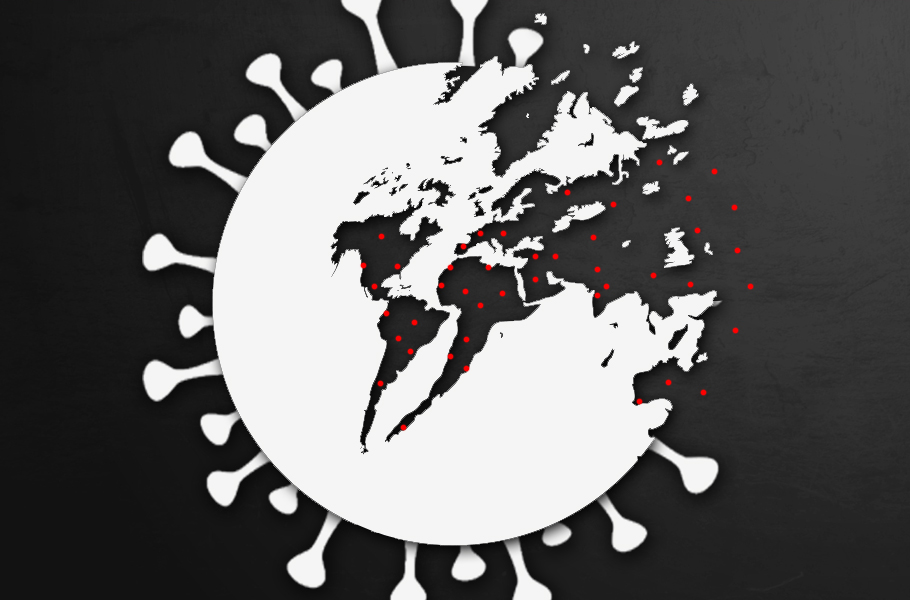
Ravaged by the pandemic, cities are trying to reboot
Throughout history, pandemics and plagues have targeted cities as if it was nature’s wrath for the destruction that cities have wrought on nature, killing its rivers and trees.

In many movies old and new, like the Raj Kapoor classic Shree 420, the theme mostly is of the village youth arriving in the big city to find a job and chase his dreams. In Shree 420, Raj Kapoor as Raju asks a beggar in Bombay why no one listens to him: “Is everyone deaf in Bombay?” The beggar replies: “Deaf and blind. They hear nothing but the jingling of money. This is Bombay, my...
In many movies old and new, like the Raj Kapoor classic Shree 420, the theme mostly is of the village youth arriving in the big city to find a job and chase his dreams. In Shree 420, Raj Kapoor as Raju asks a beggar in Bombay why no one listens to him: “Is everyone deaf in Bombay?” The beggar replies: “Deaf and blind. They hear nothing but the jingling of money. This is Bombay, my brother, Bombay. Here the buildings are made of cement and the heart of stone.”
This pithy scene and dialogue could be true of any city in the world, then and now. The city is where people go to change their lives. “Playing on the classic nationalist exaltation of the village and the representation of the city as corrupting and alien, Raj becomes a cardsharp. He conquers the city with the tricks that it teaches him and enters a world of wealth and glamour,” US-based academic Gyan Prakash writes in the terrific history of the city, Mumbai Fables.
Cities have for long been places to go to or aspire to go to. The village on the other hand, despite its salubrious climate, its rural idyll and its memories of innocence and joy, is something to be left behind. This is the what modernity has done to us in a process starting in the mid-nineteenth century.
So the city grew out of all proportions and became the engine room of modernity which drove society and countries forward, unimaginably. The city is where everything was planned and made. The city taught us to be incredibly rich and that is at the root of the success of the city. “The jingling of money”, as the beggar in Shree 420 says.
City vs the pandemic
Cities have survived other pandemics and come back doubly strong. The big city has a resilience and tenacity which is unmatched. Whenever Mumbai faces a major flooding, articles are written about this aspect of the big unmanageable city. No modern city has collapsed completely, although some like Detroit faced big downturn and reverse migrations due to collapse of the auto industry. Apart from resilience, cities also reinvent themselves. Within the city are various such factors and hubs that we the outsiders from villagers go in search of.
Throughout history, pandemics and plagues have targeted cities as if it was nature’s wrath for the destruction that cities have wrought on nature, killing its rivers and trees. In 1896-97 the Bombay which Raju came to in Shree 420 to become rich was ravaged by the bubonic plague. “Bombay’s newspapers predicted the end of the city. But cities are tenacious. That messy blend of anonymity and opportunity, freedom and risk draws millions of people back to the anthill life,” critic Nilanjana Roy writes in Business Standard.
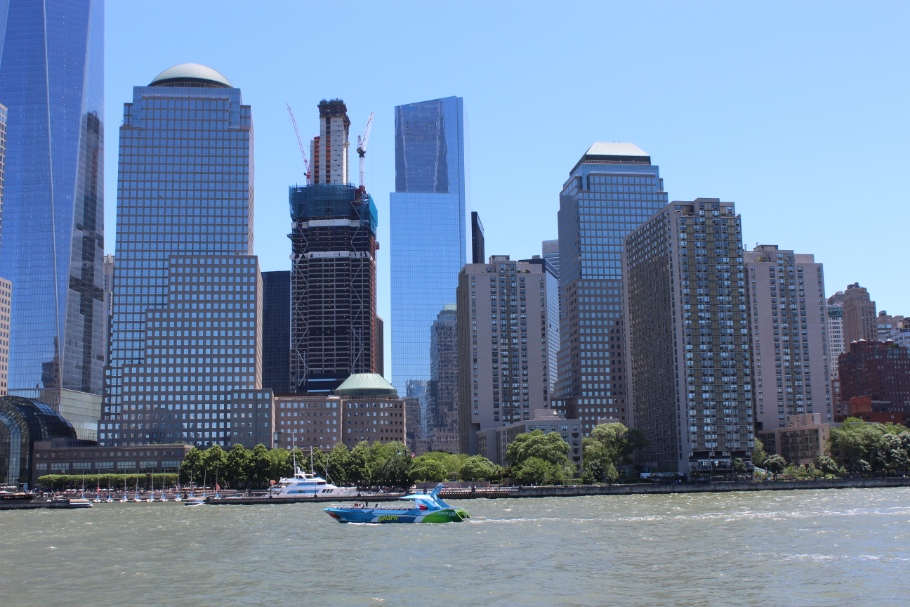
The 1918 Spanish influenza was the first big challenge to the concept of the modern city, perhaps as much as the World Wars. At least 4.7 out of every 1,000 New Yorkers died of the 1918 influenza, 6.5 in Boston and 7.4 in Philadelphia. “New York did not suffer as badly as some other cities. It always had a vigorous public health movement. And luck,” Mike Wallace, author of Greater Gotham: history of New York City from 1898 to 1919, wrote in New York Times in March 2020, about the 1918 pandemic.
Wallace, despite the wisdom of hindsight was wrong. The coronavirus is set to kill much more despite the US being the centre of the medical research and at the forefront of modern healthcare systems which other countries look up to. So far, six months into the pandemic, over two million people have been infected and New York is again at the centre of it — a dreaded killer zone that people today talk in fear about, with half a million people infected and 32000 deaths, part of the gory 1,42,000 deaths and over 5 million infections.
The US is one big city and most new cities are designed with a US city in mind. Today they all look desolate. The dream cities had turned nightmares. All that was needed was a virus which is just a protein that exists in that twilight zone between life and near-life.
Village story
Villages have been left largely untouched by the virus because of its wide spaces, lesser populations, meadows and rivers — the place which we all struggle to leave listening to the jingle of money. In fact, today villages are the only blessings left behind in our mad rush to create wealth and rework our future.
What then is the American city which inspires all of us and which makes millions dream of landing up there? For instance, Silicon Valley in San Francisco is considered the ultimate among world cities, far outstripping what other classical and modern cities have to offer. Its sheer richness and creativity and its genius at designing our futures is unmatched.
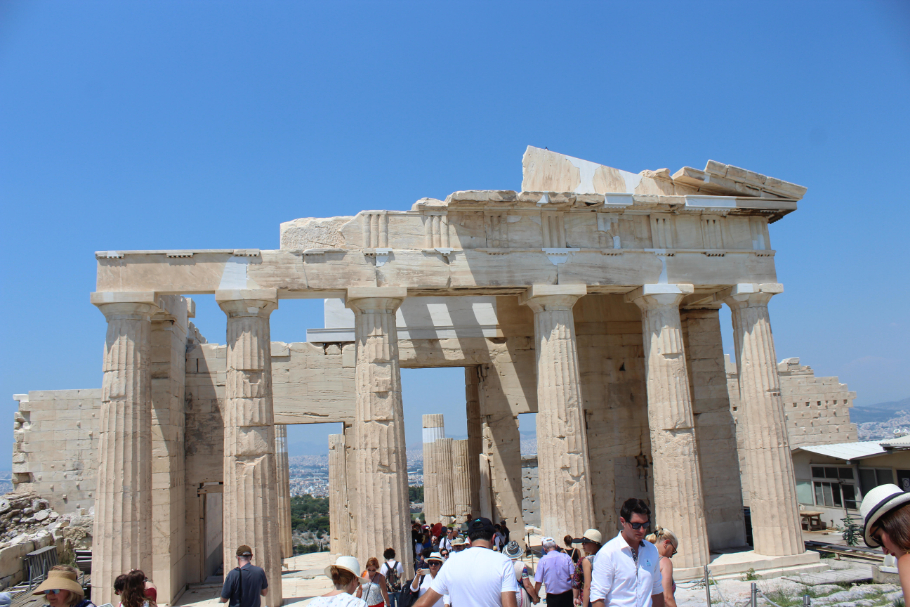
Richard Powers whose novel The Overstory is shortlisted for 2020 Booker Prize, says this about the city which inspired his novel: “San Francisco is an intense place with an intense amount of money flowing through it. The global headquarters for Google, Apple. Intel, HP, eBay, FB, Netflix, Tesla and all kinds of other world-changing companies. The feel of the Valley is a little like science fiction at its most utopian. Just to its west runs the Santa Cruz mountains full of repairing redwood forests that were cut down to build and rebuild San Francisco. I loved to hike up and disappear into the ghostly remnant of America’s past whenever the future became a little more than I could bear… I began to realise what these forests must have been before they were cut. A tremendous reservoir of natural capital — engines of creation and endless diversity — had been sacrificed in the building of what would become San Francisco and by extension Stanford and Silicon Valley. Though some part of a forest had grown back, something much larger, richer and more complex had been lost,” Powers told Guardian while discussing the inspiration for his book.
All cities came up after large scale destruction. Cities were not meant to be there. Wuhan, the Chinese city from where the coronavirus is believed to have spread, was a marshy slum just two decades ago. It was created out of nothing and the world is still paying that price of China’s maddening urbanisation.
Urbanisation is the big paradox that the world is confronted with. Cities create everything. But it also creates diseases and crime. All modern diseases have emanated from the dark zones that exists within cities where humans live like animals. Apart from those living like heroes and kings.
Engine of change
Will that change? The answer is no. Because no one knows how better to take the world forward and how to manage a future we do not know anything about. No one knowns better than Silicon Valley what our future holds and what we will do then. Unfortunately, Silicon Valley did not know the present when it hit.
The bigger irony or contradiction is that for many, the city is an escape, just as many want to escape the city. When thousands of migrants labourers walked hundreds of kilometres from Mumbai, Surat and Delhi to the comfort of their homes, in Bihar and UP, they were escaping the city. For them, at that moment of despair and struggle, their village, which they once escaped, was life itself, summoning them back to its comforting embrace and its hopeless life, so to say, but which has its own small solutions.
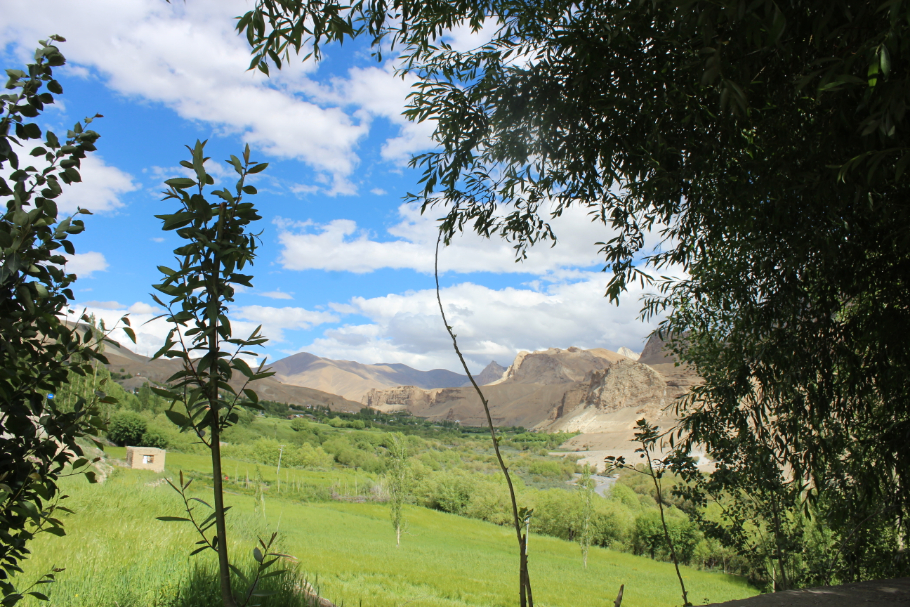
“I’ve lived in London most of my life but I’ve almost never written about cities. I was interested in recalling my own ambivalence when I first came down from my small world in north-east Scotland to become another outsider in the metropolis. The contradictions were immediately evident: the city as escape, excitement, anonymity, endless possibilities. And the city as trauma: sensory overload, poverty squalor and crime,” says novelist Robin Robertson, who is also shortlisted for this year’s Booker Prize for the novel The Long Take.
Cities are constantly being rebuilt according to the visions of the ruler of the day. Like Delhi is being recast by the Narendra Modi government according to its own imperial vision as if to compete with the colonial, imperial vision of Lutyen’s Delhi. So cities are also battlegrounds for competing philosophies and each one of them wants to leave a mark in the shape of new buildings and broader boulevards. Or maybe a tall statue that gives cities a space in the country’s history.
Of lost grandeur
But the grandeur is gone. Cities are being recast and reviewed as never before. First to go will be the daily commute as people work from home set in the slightly safer environs of the suburbia which is not a city but like a leech sucking out limited pleasures of the city.
The big offices in steel and glass skyscrapers are suspect, commuting to work a dangerous idea. In fact, it was commuting which made the city. The mad rush to get to work, so typical of the big city will be rethought. The subway systems of London. Paris and New York is what changed our idea of the modern city and we copied and replanted such system all over the world.
Cities are judged according to the subway systems they have. But now they say you can work from home, the internet and its many software having solved much of the commuting problem.
“Lockdown has given us a taste of how good it is to live in a more local way: walking to the shop, working from home, spending less time commuting,” writes the famous architect Izaskun Chinchilla who is based in Madrid and London.
What Chinchilla has in mind is “the 15-minute city where everything you need, house, job, supermarket, health centre, post office, is a quarter of an hour away by foot or bike. Paris, Barcelona, Bogota and other cities are exploring this. It means making cities more pedestrian and cyclist friendly and prioritising refurbishing over new constructions, remodelling buildings.”
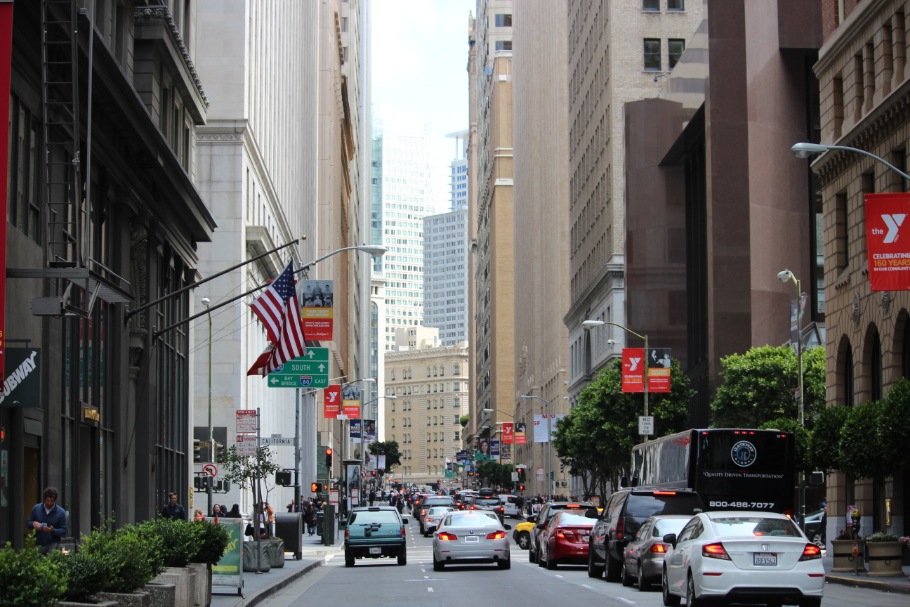
But it is against these very notions that cities were built. Everything had to be automated, even the act of climbing up to office floor. The toxic energy of the modern office will be another casualty as WFH or work from home becomes the new urban acronym.
Corporates will love WFH because it relieves them of huge office space and can also cut salaries of those who opt from WFH. Remote working has created a major mind shift globally.
“The occasional WFH option has changed to work from anywhere — one of the biggest mind shifts this world has seen,” leadership advisor Abhijit Bhaduri told The Economic Times.
Cast in concrete
The city is not something that can collapse rapidly nor will it give up. It is cast in concrete and steel and glass and pieces of bronze statues here and there. A nation’s backbone might be its farmers but its pride is the big city.
A detailed paper on Bombay’s Bubonic plague of 1896 written by Aditya Sarkar of Cambridge University has a photograph of plague committee official inspecting a house in a narrow Bombay street, suspected to have a plague patient. A row of policemen stand in attention as a group of people watch. It is eerily similar to what is happening now: officials searching for COVID-19 patients or people lining up to get tested as police keep watch.
There is another picture of the 1918 plague in New York where a municipal sweeper, looking exactly like a sweeper in Indian cities today, wearing a mask. Everything seems like an eerie playback, a centennial reminder of what cities hold for us.
During the plague of 1897, a Bombay teacher BF Patell wrote this poem about his favourite city crumbling in front of his eyes. It holds out some hope too:
“Shall the empire’s second city/Be an object long of piety?/No! a few short months and she/ mistress of her fame shall be/Trade and Commerce broken down/Shall regain their past renown.”

